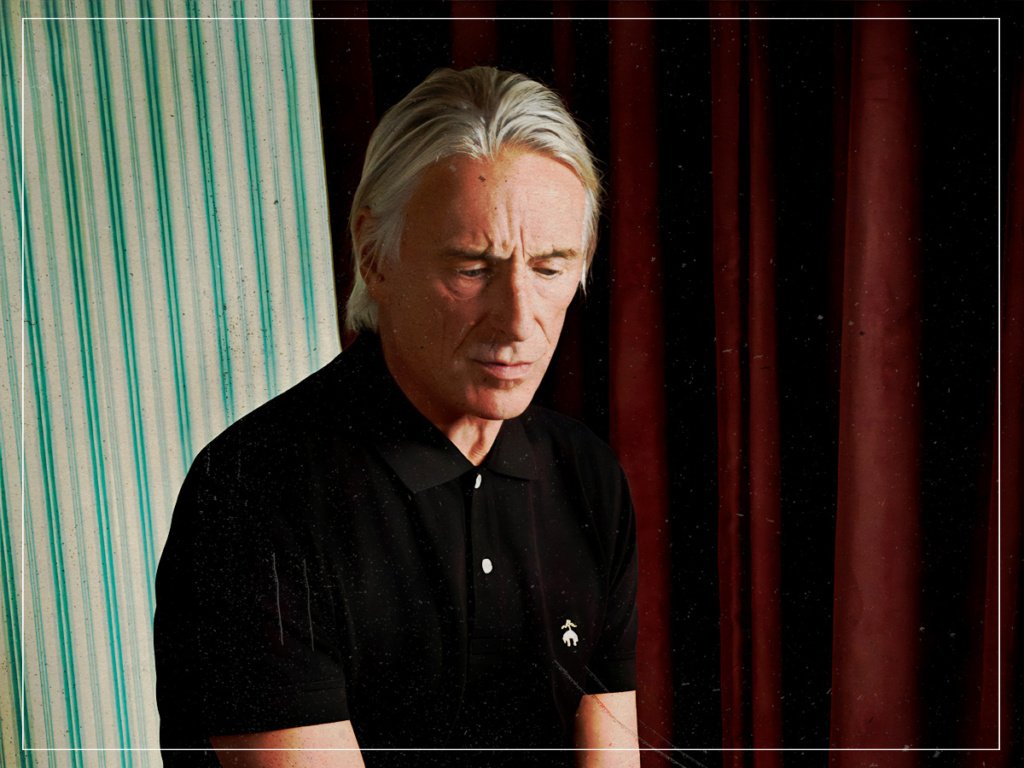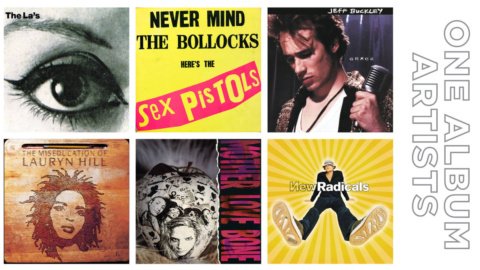
(Credits: Far Out / Nicole Nodland)
It’s almost an unwritten rule that every generation rebels against what came before. So when the 1980s came around, the rough and tumble of traditional rock was put firmly into the crosshairs of resentment, as the bands of this new decade cultivated their aesthetic.
The long flowing hair and open-collared shirts of the 1970s provided a pretty clear caricature for rebellious musicians of the 1980s. The pop stars of this brave new decade adorned bold silhouettes and embraced commercialism, while those looking to continue what punk had started the decade before laced up their boots and tucked in their shirts.
The alternative vision of music in that decade manifested itself under the safety of a Doc Marten boot, and arguably nobody wore them better than The Jam. They were a band who blended the punk sensibilities with the emergence of new wave and northern soul, to give something innovative yet very real to the disenfranchised working class. It was very much of the same spirit of the great music that came before, but repackaged to be realised for a more contextual audience.
The band’s vocalist, Paul Weller, once defiantly described the sentiment of the band and their position within culture by stating, “Punk happened, and for me and a lot of people, it felt like: ‘This is our time! This is our chance to make something of our generation, to make a statement of some kind!’”
That’s exactly what the band did; they made something of themselves with a fresh take on punk and gained a dedicated fan base through doing so. Together, they immersed themselves in this sense of forward-thinking rebellion, and that meant waving goodbye to all that came before.
But, as Weller matured through his musical career and began creating music from a more detached political standpoint, he revisited the music of his predecessors and began to alter his outlook.
“I just started to listen to people I’d never listen to before, people I wouldn’t have given the time of day to. I dropped that sort of blinkered thing I’d had as a youth, where I wouldn’t listen to records made by men with beards, know what I mean?”
Oddly, I think we can all safely say we know what he means when he labels them as simply men with beards. Think the latter stages of The Beatles, the barefoot wanderers of California or the entire lineup of Woodstock 1969. As genius as we all know it was, for Weller in the 1980s, it was a sign of the past. But once the past began to heal itself, Weller allowed himself to listen.
He continued, “People like Crosby, Stills and Nash, Van Morrison. I’d always listened to black music in whatever shape or form. I think it, done me a lot of good, to see there’s good and bad music and it’s whatever gets to you, whatever touches you.”
Regardless of his newfound respect for bearded men’s music, we have yet to see Weller’s career delve into any beardedness of his own. In a musical sense, he’s certainly explored it further, but from an aesthetic standpoint, we’ve never seen him make it past stubble. One can dream.
Related Topics


